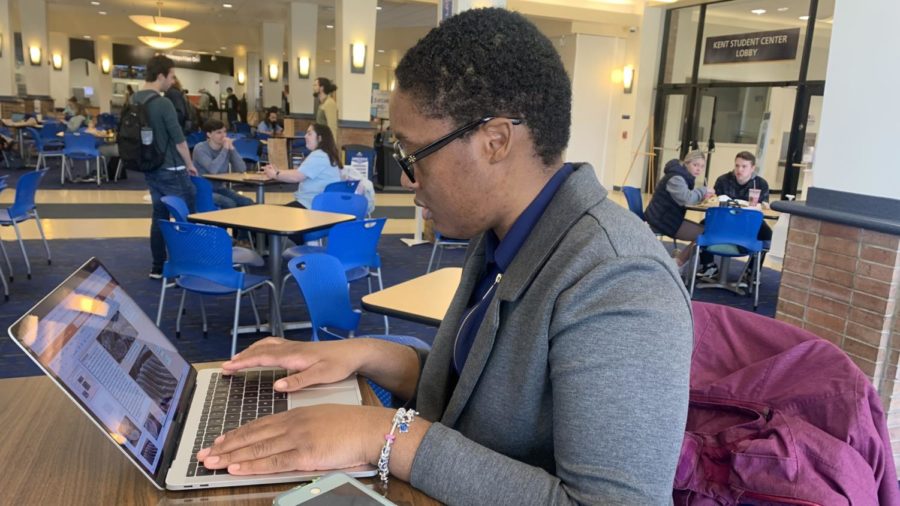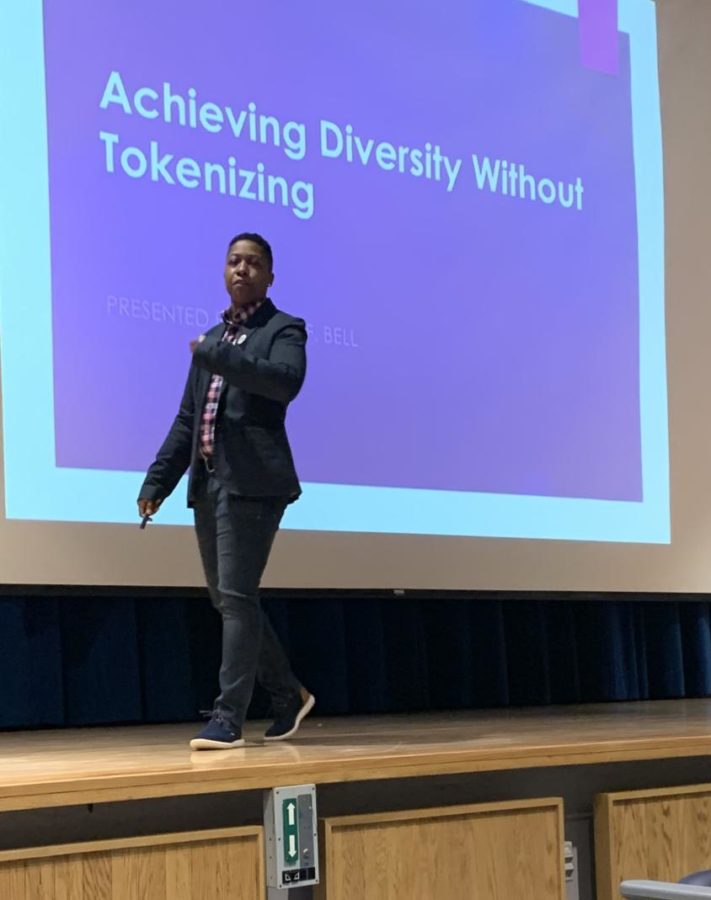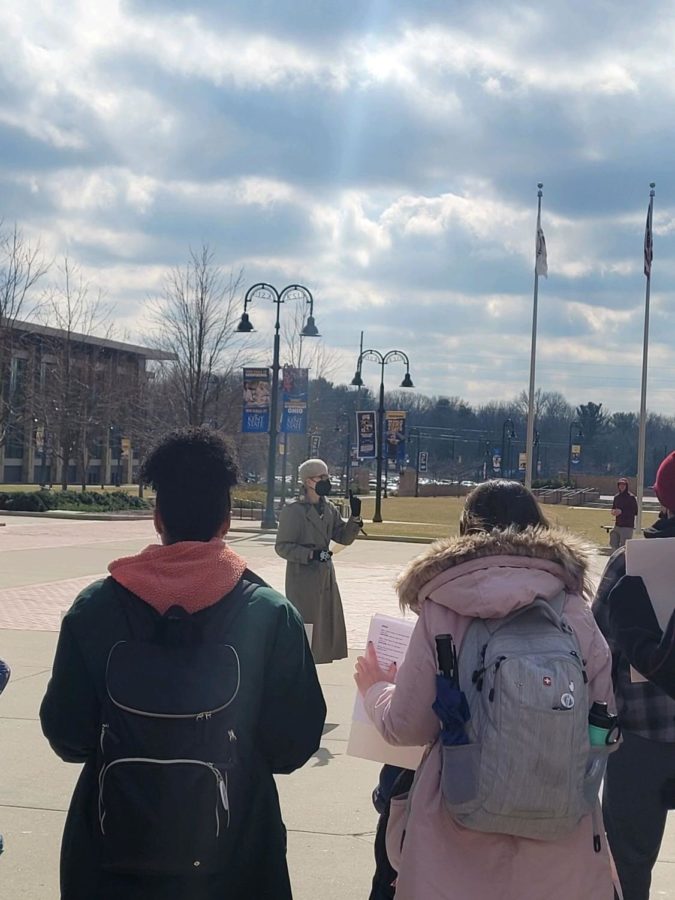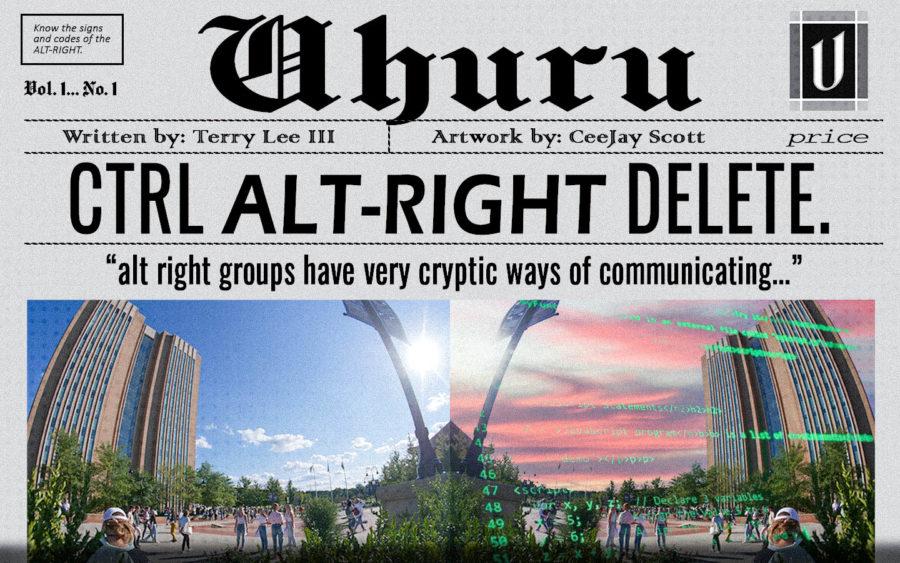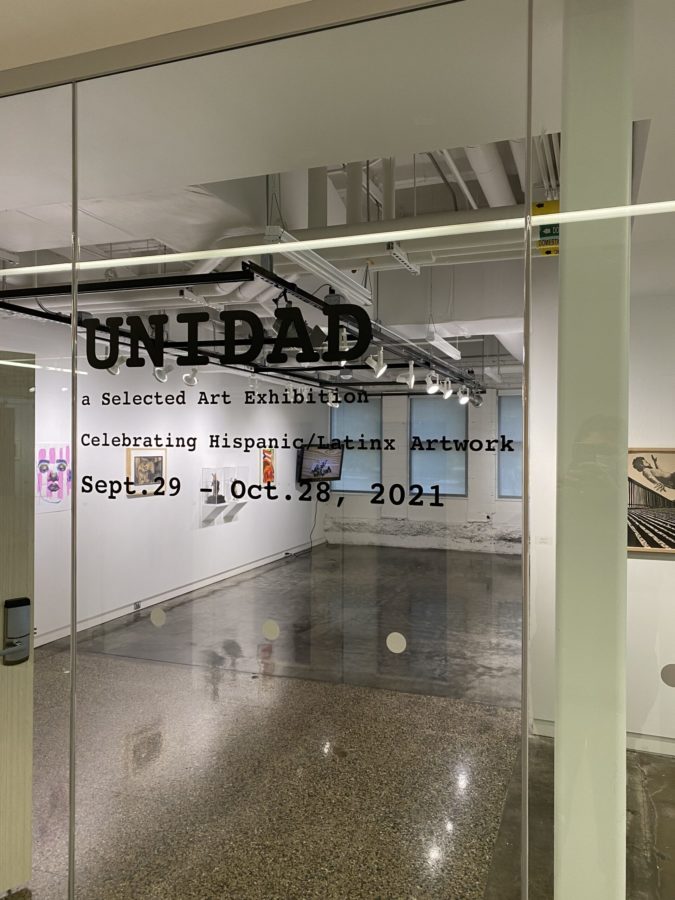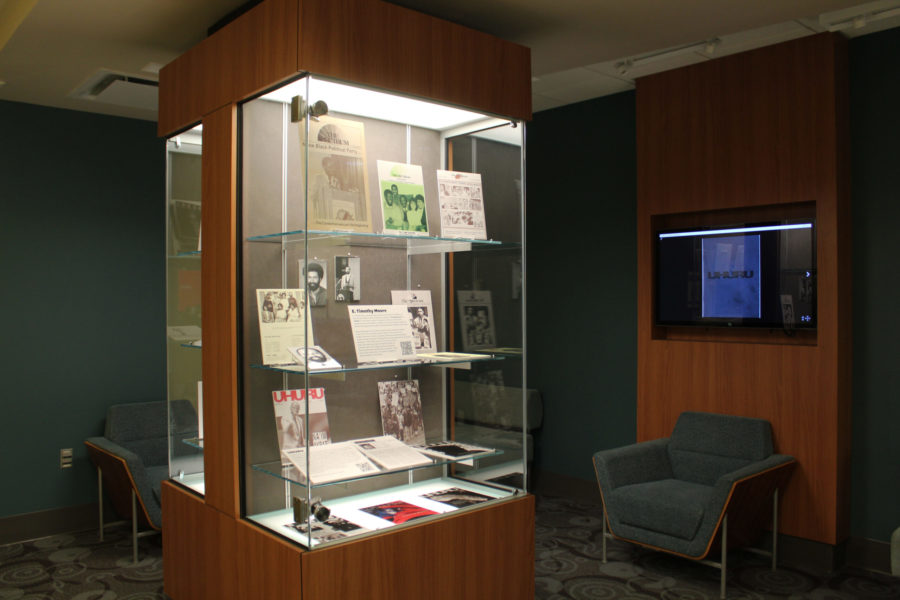Imagine having to rely solely on your social groups to understand something that goes beyond yourself. What would you know about a race, class, language, lifestyle, or even culture if you weren’t exposed to them on a regular basis? The answer for most people would be nothing beyond what they have learned from the media. The media can be considered the most potent means of communication. From television and movies to books and the internet, we encounter and interpret media for hours on a daily basis. Since its early beginning, the media always has, whether intentional or not, been a means of education. Educating about math, literature, politics society and most importantly, culture. It allows every consumer the opportunity to learn about anything that they otherwise would not experience frequent exposure to.
As a society, we often look to the media to understand things about race, class and culture. The media allows everyone the opportunity to learn not only more about themselves, but about other people as well.
One of the most popularized media forms is film. Movies are often acknowledged for significantly changing American culture. Specifically, black films have historically been a method through which white people are exposed to black culture. Films are created to illustrate a story that can be realistic, or it can be a story of hope and admiration of the possibilities to come. When the audience watches a film, they know what it may be about, but they have an insufficient view as to how it will be shown.
When a piece required the representation of a black person in early theatre days, rather than hire an actual black person, a white person stood in their place. Blackface became especially famous when actors such as Al Jolson from the show “Amos n’ Andy,” utilized blackface instead of having to pay and hire actual black actors. At the time, colorism and racism ran rampant and were defining parts of a culture’s identity. In the theatrical pieces, the actors would literally paint their faces black and outline their mouths in white to exaggerate them so they’d appear bigger. This methodology faded out as black actors slowly, but surely, made their way on to the small and big screens. By the 1930s, this trend suddenly began to fade as the practice began to be viewed as another form of bigotry to more audiences.
At this same time, more black actors were beginning to take on roles. It was a small step but a step nonetheless. Yes, we were able to represent ourselves, but the representation we were chosen for was just as limited when they gave us blackface. A black doctor was never a character in blackface. A black professor was never depicted. We were, however, shown as being unintelligent and lacking in value. This portrayal is seen primarily with the first black actor to gain credit for a film, Stepin Fetchit. Unfortunately, his race and type-casted roles gave him the title of “laziest man in the world.” Fetchit’s career started to waver in the late 1930s, but just as one door closed for Fetchit, another opened for Hattie McDaniel. McDaniel is mostly known for her role as ‘Mammy’ in “Gone With the Wind,” which helped her to become the first black person, male or female, to earn the Academy Award.
Both entertainers were pioneers in making white America acknowledge the talent and value of black people. There are many critiques of these performances, especially within the black community today, because the characters they portrayed often fed into negative stereotypes of black people. These roles and the actors subjecting themselves to this type of representation is perhaps where the term “cooning” came from. To coon originally meant when a black person’s sole purpose was to entertain white people. This is when names such as Fetchit and McDaniel are mentioned, but the same is also said of modern actors such as Chris Tucker in “The Fifth Element,” Tyler Perry as Madea and just about any Wayans Bros. production. The issue isn’t that these narratives are being told, the problem is that this isn’t our ONLY narrative. White production companies have already spread the stereotypical behaviors and many feel as though the aforementioned actors are doing the same.
There are many types of black roles we’ve seen overdone in movies and TV shows alike. The thug is seen in any crime show. The magical negro, who comes to aid the white lead as seen in “The Green Mile” is almost a given. The black best friend is the character thrown into a show to fulfill the diversity quota and has limited dimension, which is commonly found on Disney and Nickelodeon shows. The domestics, like a housemaid or nanny, is unfortunately, a classic. And the one who escaped, like the black person who always quotes, “I pulled myself up by my bootstraps” is often depicted and is most likely seen as “the one who forgot where he came from.”
Following the civil rights movement, many people began to question and seek answers in what way black people could succeed. At some point, we recognized we could no longer wait for white directors, producers and money to give us a chance, but we needed to make those environments on our own, for us and by us.
From the mid 1980s to the 2000s, Spike Lee was a name that was often heard and referenced when discussing thought-provoking films that were a lesson to, from and about black people. Lee’s films were always compiled of political and social topics that was waist-deep in controversy. His most famous being “Do The Right Thing,” “School Daze” and “Malcolm X.” Lee is also noted for helping some of today’s black actors gain their recognition. Samuel L. Jackson, Nicholas Turturro and Denzel Washington were used in several of his films. The social and racial issues that Lee illustrates in his movies are depicted in more than urban neighborhoods, but in middle-class settings as well.
In 2017, Jordan Peele made history by writing and directing the critically acclaimed film “Get Out.” By using humor, drama and a touch of horror, Peele created a project that pushed the boundaries of what movies can do for society. This movie took scenarios that black people deal with daily and turned it into a science fiction think piece that provoked conversations about race in America. Some even argue that Peele created a new genre all together. The film earned him an Academy Award, making him the first black person to ever win the award for best original screenplay.
Recently, black people anticipated this year’s “Black Panther” with as much enthusiasm since it’s production announcement in 2014. This film was directed by Ryan Coogler who also directed “Fruitvale Station” and “Creed,” all of which he worked with Michael B. Jordan. “Black Panther” is the film many of us have been asking for even before we knew we needed it. None of the categorized black roles described earlier are in this film. Instead, we got to see black excellence in all forms. This film is the reverse of any stereotype people have made about black people and the continent of Africa. Wakanda itself represents a society where slavery, racism and imperialism did not affect us.
All of these representations, good and bad, derived from times where stereotypical ideologies were prevalently shared amongst non-black Americans and black Americans who wanted to change it. These negative characteristics and traits were forced on to black people until some decided to push back. Seeing more representations of us outside of the typical six is long overdue.
If there had not been a Stepin Fethin, we might not have had a Will Smith. If there had not been a Hattie McDaniel, we may not have had our Lupita Nyong’o. Today, it is considered unacceptable even to imagine that we also accepted roles like those played by Fetchin and McDaniel. But in all honesty, these roles seemed positive, considering the other options and opportunities black people had at the time. It encouraged us to see what we thought was right and then demand something greater from ourselves and society when we learned better. Though the roles we held came from demeaning and racist origins, that doesn’t mean that is how our story, lives, or representation has to end.
There are pioneers in history that we don’t talk about because they progressed our cause through a different method. They might not have marched. They may not have ever protested, but they did give us a starting position. A position that has placed us where we are today.
Representation on the Reel
July 10, 2018
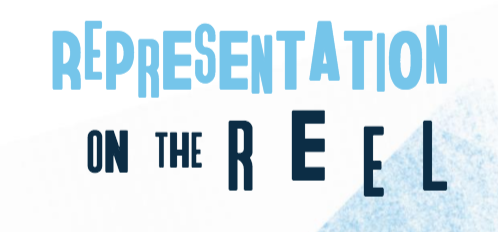
0
Donate to UHURU Magazine
Your donation will support the student journalists of Kent State University - Uhuru Magazine. Your contribution will allow us to purchase equipment and cover our annual website hosting costs.
More to Discover

